From Isolation to Inclusion: Kerala’s Tribal Resettlement Model in Parurkkunnu
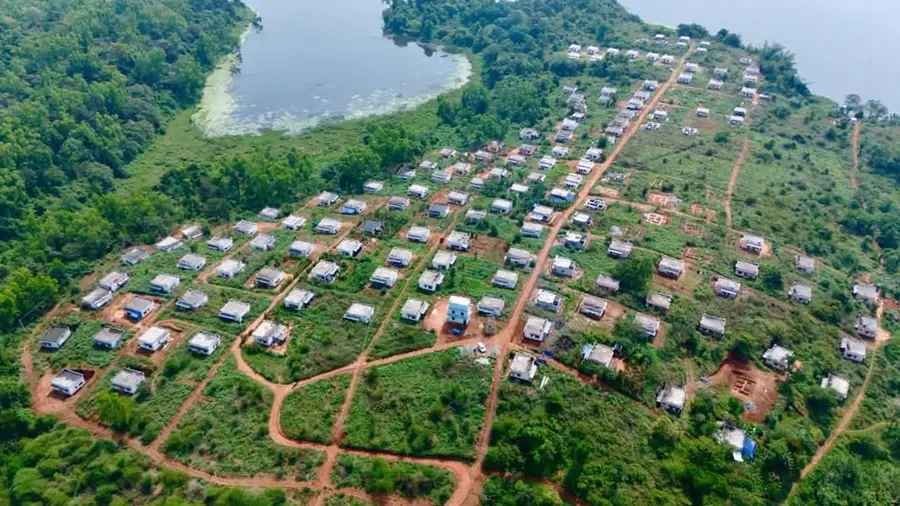
Houses built in the Parurkkunnu resettlement area

Web desk
Published on Apr 22, 2025, 05:29 PM | 3 min read
Wayanad: For the tribal residents of Parurkkunnu, a remote and isolated village, access to basic public facilities, proper housing, and road connectivity was once a distant dream. But this began to change when the state government came as a sheltering force, bringing hope through providing land and homes for them.
On Tuesday, Chief Minister Pinarayi Vijayan handed over the keys of houses constructed for 123 Scheduled Tribe families in the Parurkkunnu rehabilitation area. The keys were handed over during the district-sector committee meeting held at the Kalpetta Chandragiri Auditorium as part of the State Government’s fourth anniversary celebrations.
The project is being implemented on 36 acres of land in the third ward of Meppadi Gram Panchayat. A total of 235 tribal families were provided with houses—109 of which were built by the Soil Conservation Department. Outside the houses, there is also a sheeted working area of 37 square feet.
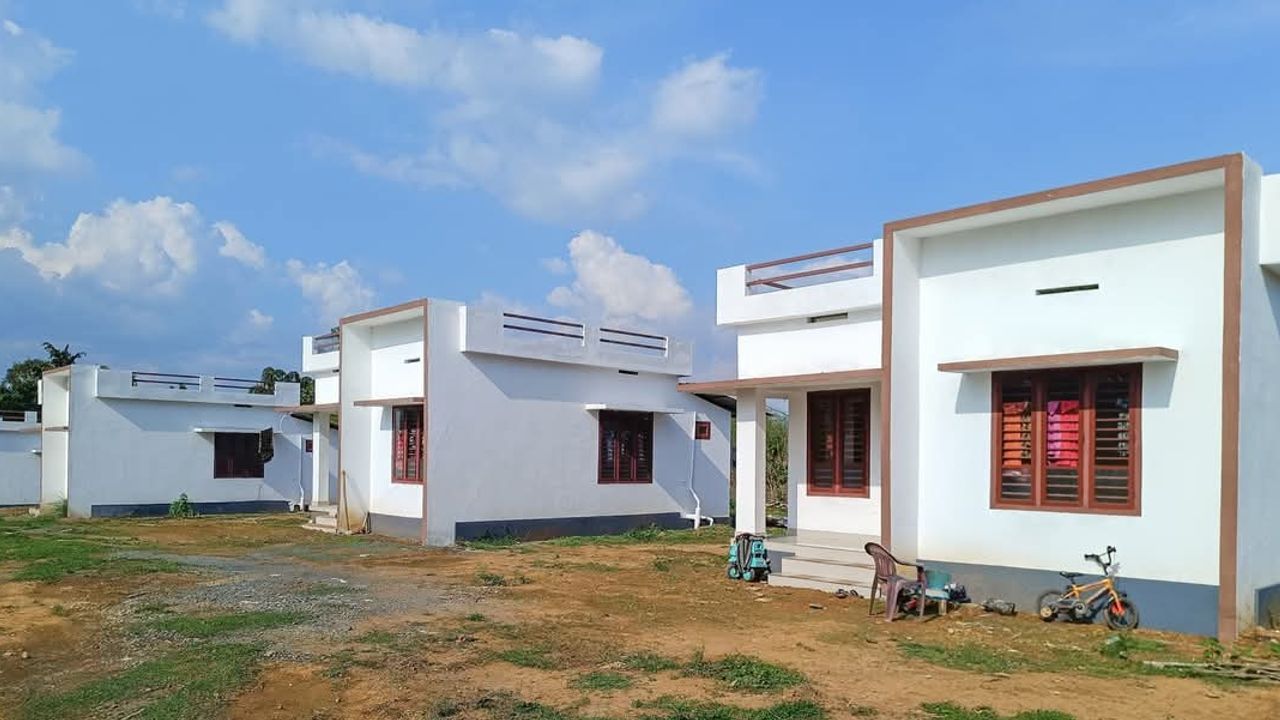
Electricity and water were provided at a cost of Rs 1.42 crore to the houses that were constructed earlier. Additionally, the construction of 42 houses will be completed soon. Landless families in Meppadi, Muttil, and Muppainad panchayats were given houses in 10 cents of land, each at a cost of Rs 6 lakh. The 480 -square-feet property includes two bedrooms, a hall, a kitchen, a bathroom, and a sit-out.
Electricity is provided at the cost of Rs 41.50 lakh, and water was supplied through the Water Authority at a cost of Rs 1.04 crore. Each family will be provided with 500 -litre water tanks at a cost of Rs 10 lakh. Work has also begun to build a library and public reading rooms.
Previously, the residents of Parurkkunnu couldn’t easily access public spaces and had to walk far to reach public shops and libraries. Now, the government promises the construction of a main road of one kilometre and sub-roads totalling five kilometres within the area. As the next step, a ration shop, Maveli store, Anganwadi, permanent disaster -rehabilitation centres, and playgrounds will also be provided within the resettlement area.
Under the leadership of the Agriculture Department, five coconut saplings and fruit tree saplings will be distributed per family. In addition, beneficiaries of this project will be guaranteed jobs in the fisheries and tourism sectors as part of the Karappuzha dam initiative.
The state government’s dedicated efforts like the Life Mission Project reflect a clear vision of inclusive growth. By building over three lakh houses across Kerala, the government has addressed not just the needs of the general population, but also extended care to vulnerable communities like the tribals of Parurkkunnu.
 Chief Minister Pinarayi Vijayan handing over the ownership document for a newly built house in the Parurkkunnu Resettlement area
Chief Minister Pinarayi Vijayan handing over the ownership document for a newly built house in the Parurkkunnu Resettlement area
The state government has consistently proven itself to be more than just a ‘crisis management administration’—it is a government deeply committed to improving the quality of life for its people. Unlike other states, Kerala has allocated more funds for Scheduled Castes and Scheduled Tribes than their population proportion demands. The Scheduled Caste population in the state is 9.10 percent, and the Scheduled Tribe population is 1.50 percent. Kerala has allocated 9.81 and 2.83 percent for both categories respectively.
These efforts stand in stark contrast to the central government's reduction in funding for the welfare of the tribes. Kerala’s proactive and people-centred governance model continues to serve as a benchmark for inclusive development across the nation.




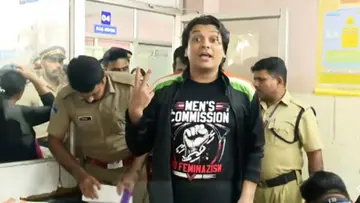
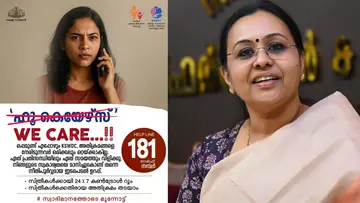
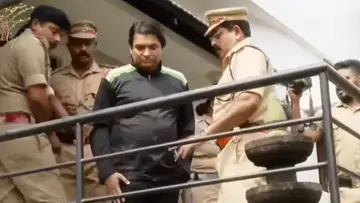
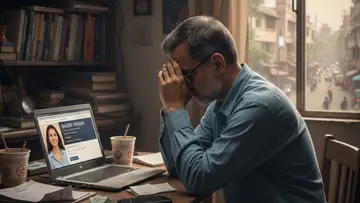
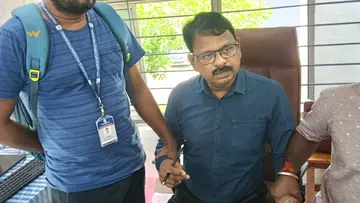

0 comments